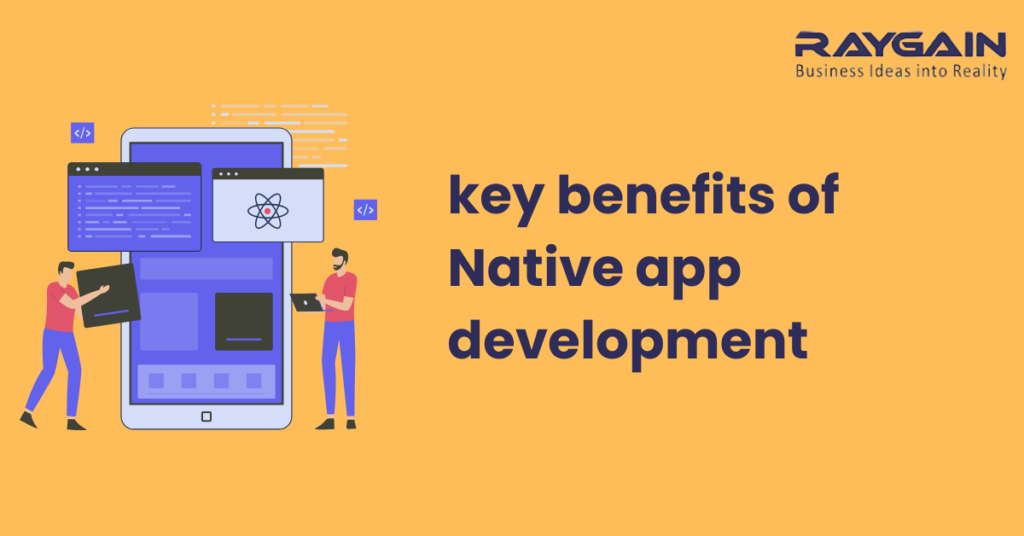Introduction
Over the past few years, Native Apps are the application of smartphone and written especially for particular devices. It has the ability to use device-specific hardware and software, meaning that native application can take the advantages of new technology launched in the market for a mobile device such as GPS and camera.
Generally, the non-native application either compile down into native codes or wrap themselves into a native web application and combined native calls with web components. There are the advantages and disadvantages of all the methods.
However, for this article, I wanted to look at the key benefits of Native apps development that should be in your mind while developing a native application.
key benefits of Native apps development
1.Aspects Ratio
The aspects ratio means one size doesn’t fit for all while meaning is if an app is developed for tablet can’t be used for the mobile phone and vice a versa. It’s not only the aspects ratio different but the dpi vary from one device to another. These differences can drastically change, how an app should look and perform. Just imagine how different you look twitter looks in mobile phone vs the browser. If you don’t try to make an app stunning in all sizes, you will have to compromise on experience, which finds very difficult and hurt your experience.
2.Need For Speed
It’s an era of lighting speed, and most importantly the hardware and software, when working with limited resources. A study has shown that user notice delays in short as 1 seconds after that it may become sidetrack for the user. For example, Facebook and LinkedIn have learned the lesson by investing the money in HTML5 and later going back to the native application for performance reason.
3.IDE
It is a specialized development environment of the ecosystems which enable the developer to build native apps. Both the iOS & Android have complete tools for everything that allows everything from designing to testing. While comparing with Xcode & Android both of them offer a powerful set of tools to utilize hardware features, that are not available in web and cross development platforms.
4.Native Look and Feel
This app feels and looks like default apps, and user quickly gets used to specific icon or button. The older IOS versions look outdated in comparison to new native apps. The mobile application tries to produce that old look again but looks often appear worse because of unnatural valley effects.
5.Usability When you are using a native app, you expect certain functionality and design pattern such as multitouch, zoom, and double touch. Even a back button location may occur differs between devices. These things are easily accessed in native API, while other means can get impure.
Conclusion
Native app development offers significant advantages, particularly when it comes to optimizing user experience, leveraging device-specific features, and ensuring high performance. By utilizing native development tools and frameworks, developers can design applications that are faster, more responsive, and better integrated with the hardware and software of a device.
The ability to tailor applications to specific screen sizes and aspect ratios ensures a consistent and high-quality visual experience across devices. Speed remains a crucial factor in retaining user engagement, and native apps outperform alternatives in this area. Integrated Development Environments (IDEs) like Xcode and Android Studio provide robust tools that streamline the process of building and optimizing native apps, allowing developers to fully exploit the unique features of each platform.
Furthermore, native apps deliver a look and feel that aligns with user expectations, creating a sense of familiarity and ease of use. They also provide seamless usability with features like multitouch gestures and hardware-specific navigation, enhancing the overall user experience.
In conclusion, while non-native applications have their own merits, the benefits of native app development make it an essential consideration for developers aiming to create high-performance, visually appealing, and user-friendly applications tailored to specific devices.










